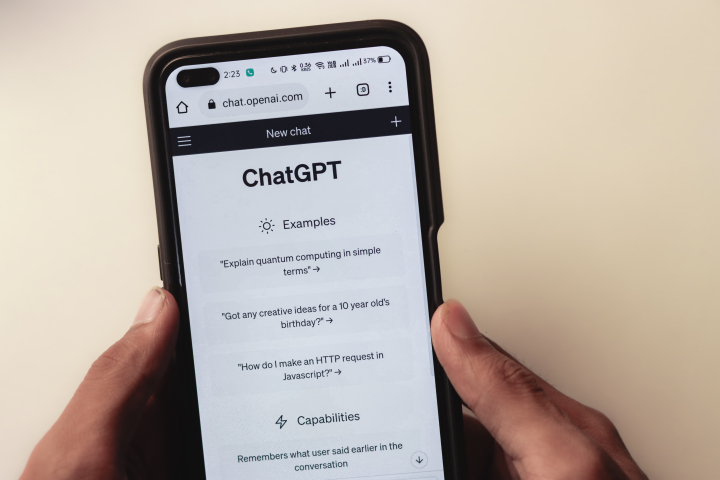AI watermarking must be watertight to be effective
Seldom has a tool or technology erupted so suddenly from the research world and into the public consciousness — and widespread use — as generative artificial intelligence (AI). The ability of large language models (LLMs) to create text and images almost indistinguishable from those created by humans is disrupting, if not revolutionizing, countless fields of human activity. Yet the potential for misuse is already manifest, from academic plagiarism to the mass generation of misinformation. The fear is that AI is developing so rapidly that, without guard rails, it could soon be too late to ensure accuracy and reduce harm.
This week, Sumanth Dathathri at DeepMind, Google’s AI research lab in London, and his colleagues report their test of a new approach to ‘watermarking’ AI-generated text by embedding a ‘statistical signature’, a form of digital identifier, that can be used to certify the text’s origin. The word watermark comes from the era of paper and print, and describes a variation in paper thickness, not usually immediately obvious to the naked eye, that does not change the printed text. A watermark in digitally generated text or images should be similarly invisible to the user — but immediately evident to specialized software.
Dathathri and his colleagues’ work represents an important milestone for digital-text watermarking. But there is still some way to go before companies and regulators will be able to confidently state whether a piece of text is the product of a human or a machine. Given the imperatives to reduce harm from AI, more researchers need to step up to ensure that watermarking technology fulfils its promise.
The authors’ approach to watermarking LLM outputs is not new. A version of it is also being tested by OpenAI, the company in San Francisco, California, behind ChatGPT. But there is limited literature on how the technology works and its strengths and limitations. One of the most important contributions came in 2022, when Scott Aaronson, a computer scientist at the University of Texas at Austin, described, in a much-discussed talk, how watermarking can be achieved. Others have also made valuable contributions — among them computer science Ph.D. student John Kirchenbauer and his colleagues at the University of Maryland in College Park, who published a watermark-detection algorithm last year.
Click HERE to read the full article
The Department welcomes comments, suggestions and corrections. Send email to editor [-at-] cs [dot] umd [dot] edu.
